What is Mindfulness?
We hear this word a lot but what does it mean? Mindfulness is the ability to be fully aware and present in the moment. That means not dwelling on the past or thinking about the future. It’s an awareness of our thoughts and feelings without judgment. Mindfulness also involves being aware of our environment but not being distracted or reactive. Easier said than done, right? Now let’s talk about mindfulness for teachers.
Teachers can practice mindfulness in school or at home. In school, it may involve deep breaths when teaching, yoga stretches between classes, or a quick meditation during free time. An even better option is to practice mindfulness with your students! Any of these tips and strategies can also be used in the classroom.
What are the Benefits of Mindfulness?
Now that you know what mindfulness is, you might be asking why it’s so important. Mindfulness helps people both physically and mentally in many ways. Here are just some of the benefits:
- reduces stress
- increases focus
- lowers blood pressure
- improves sleep
- reduces anxiety
- improves attention span
- improves concentration
Overall, mindfulness improves general health and can reduce burnout, especially for teachers. Take time out of your day to stop, slow down, and be present in the moment. Mindfulness for teachers and students is so beneficial. Read on to learn four ways to practice mindfulness regularly.
Ways for Teachers to Practice Mindfulness
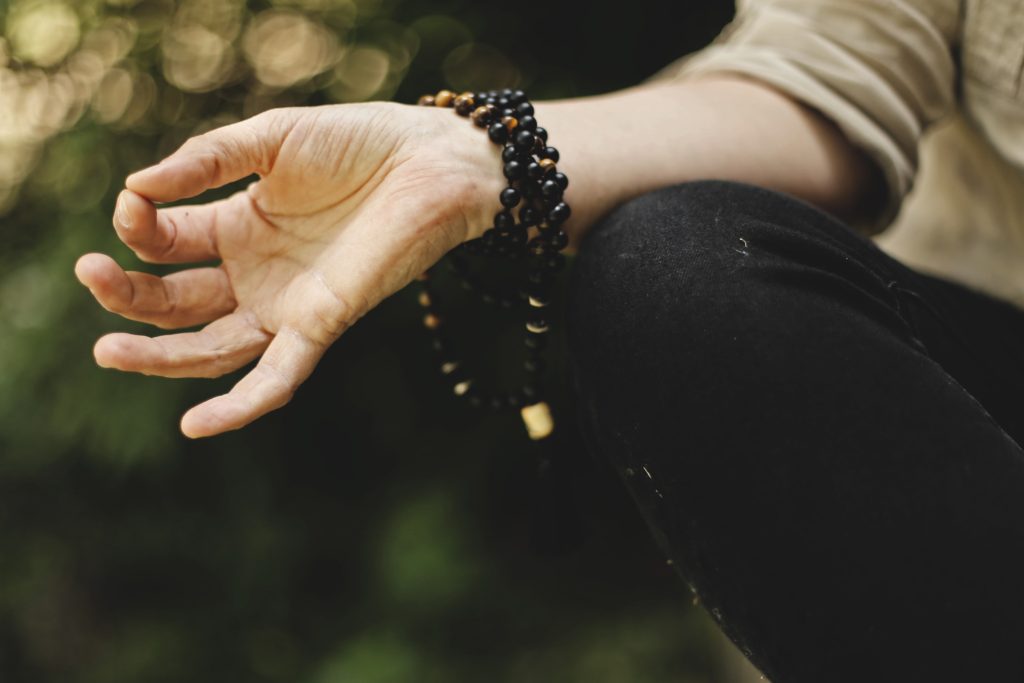
Meditation
Many people confuse mindfulness with meditation. Meditation is actually a form of mindfulness but there are many other kinds as well. According to Deepak Chopra, meditation is an intentional practice where you use focus to increase calmness, concentration, awareness, and emotional balance. It can range from visualizing, to saying a mantra, to guided practice.
Some people like to meditate on their own in silence or with calming music in the background. Others prefer a guided meditation to prevent their mind from wandering too much. There are some great meditation apps for kids and adults. Check out my favorites below.
Meditation Apps for Adults:
Meditation Apps for Kids:
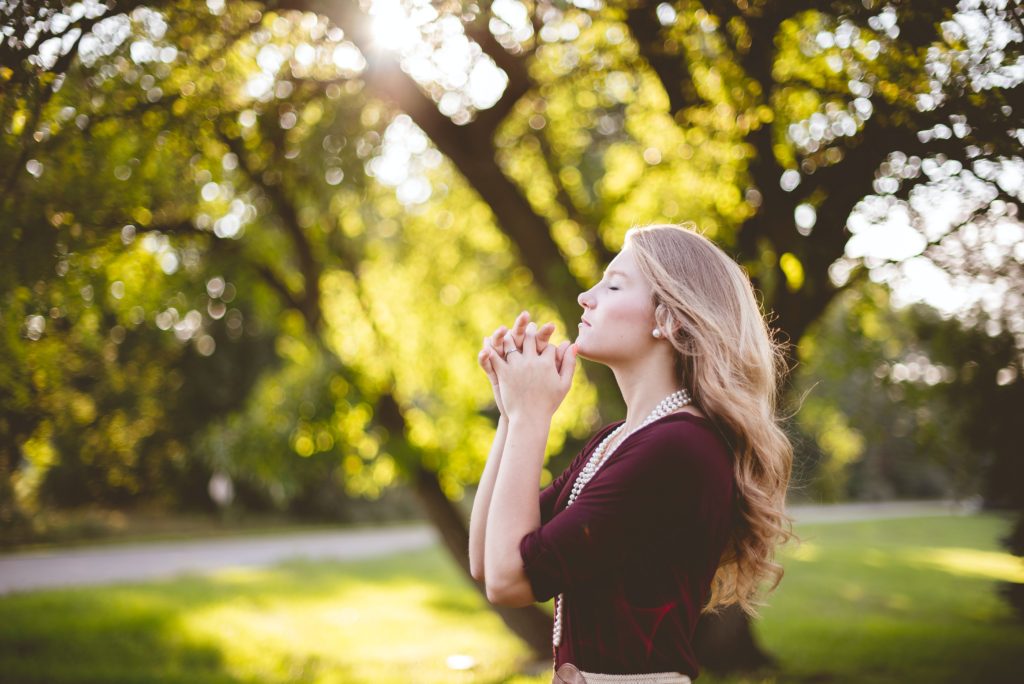
Breathwork
Breathwork is another type of mindfulness for teachers. It refers to different breathing exercises or techniques that support the body. These practices can also be helpful to reduce stress and anxiety during certain situations. Some teachers like to use breathwork with students after something stimulating or before an event that causes anxiety such as a test. This form of mindfulness works well because it takes less time and can be done easily with various age groups.
Favorite Breathwork Apps:
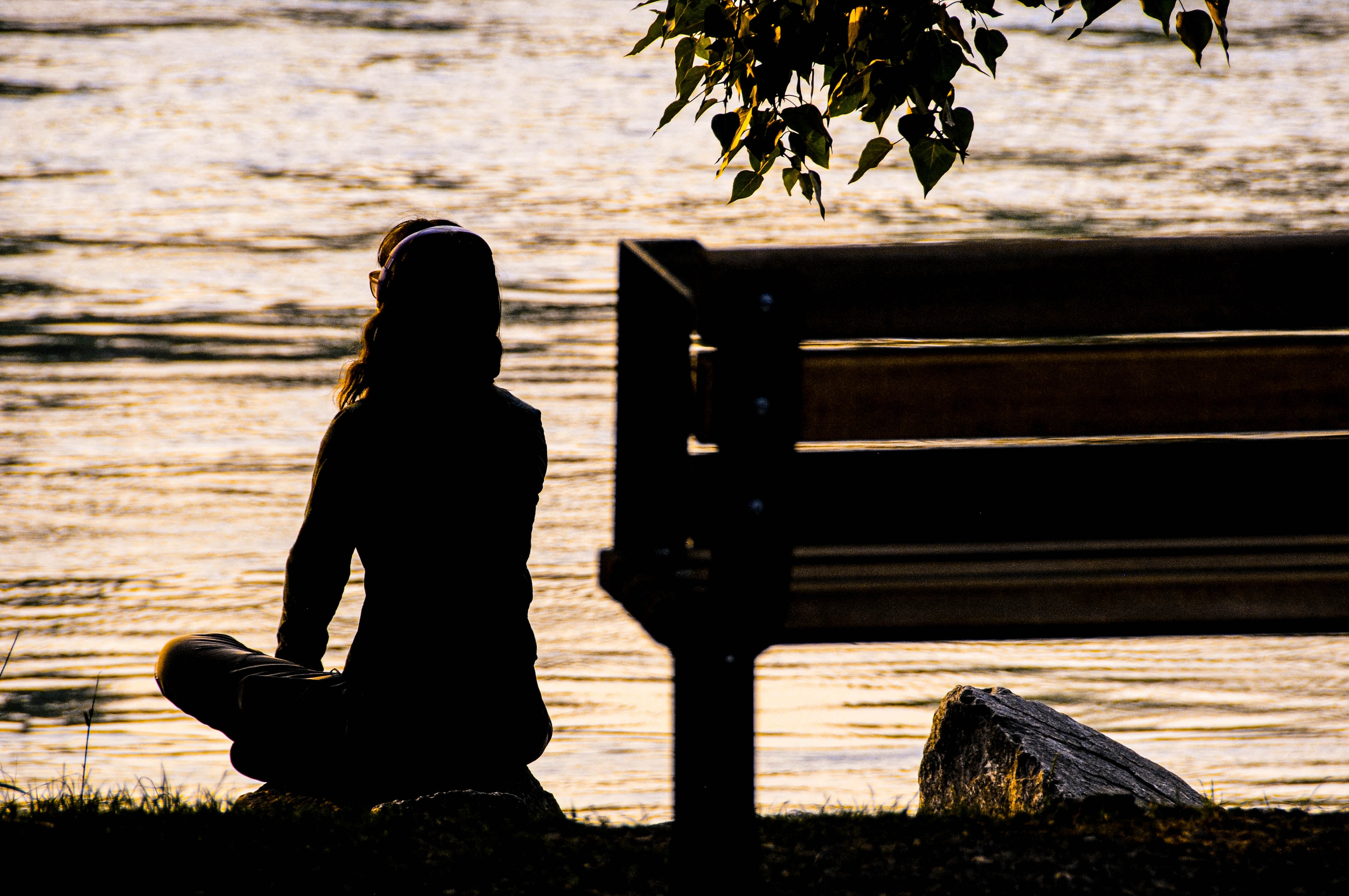
Tapping
Tapping is also known as EFT or Emotional Freedom Technique. I recently discovered it a few years ago and before that had never even heard of it. So what is tapping? It’s a technique where you focus on something that is causing stress, worry, or anxiety. Then you tap on specific meridian points of the body. This sends a calming signal to the brain and helps you feel relaxed. It’s actually pretty amazing how it works.
The best resource I have found for this technique is The Tapping Solution. They have a helpful website with instructional videos, books, and an app. The app is really helpful with mindfulness for teachers and students. They have two free sessions specifically about teacher self-care. There is also a section for coronavirus stress and anxiety. Plus there are four different tapping sessions for coronavirus stress based on age range (5 and under, 6-8, 9-12, and 13-17).
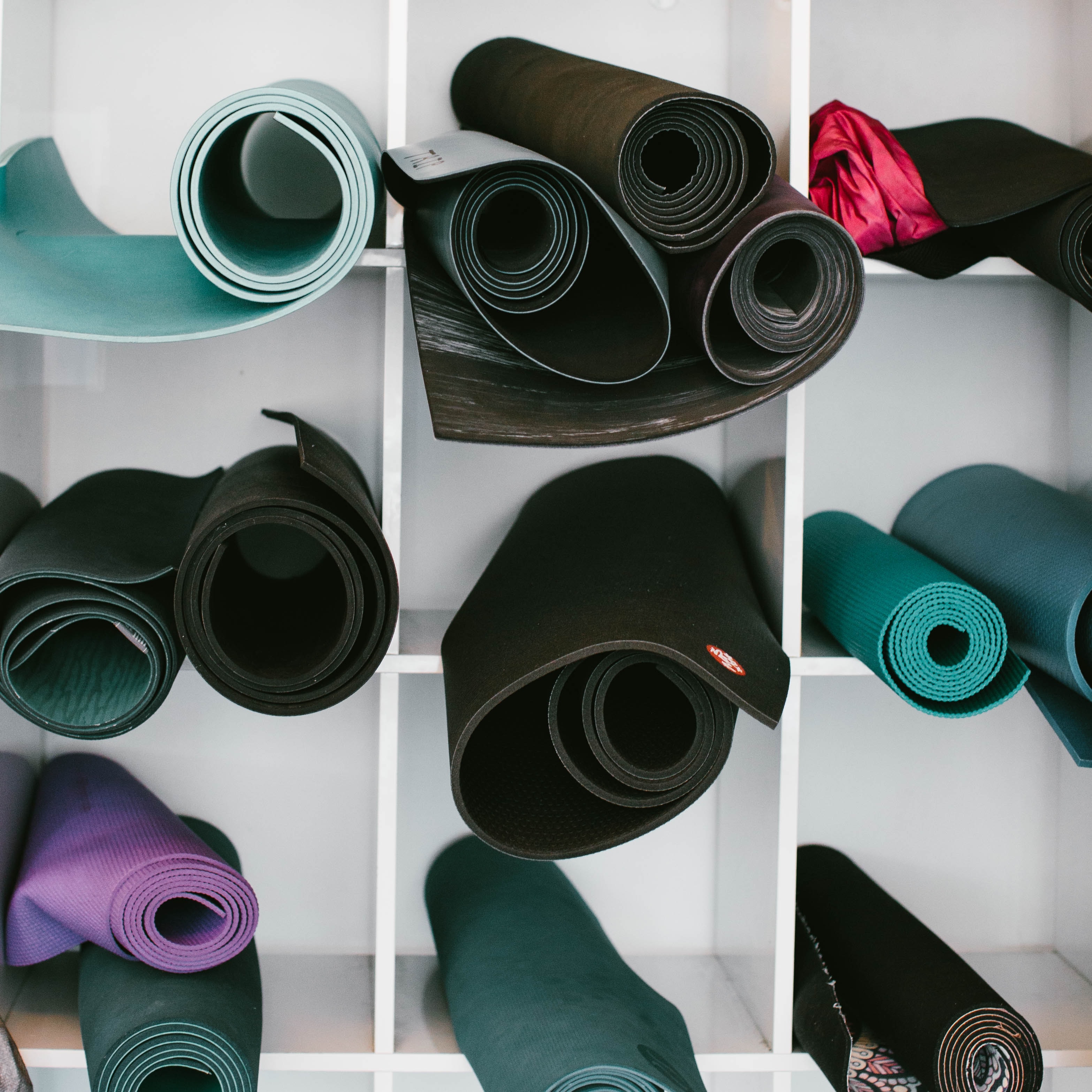
Yoga
I love yoga because it’s a physical, mental, and spiritual practice. It combines meditation and breathwork with movement. Children in the classroom or at home also love trying out the different poses. Whether you are teaching virtually or in person, yoga is a great brain break.
Yoga improves strength, balance, and flexibility. It also increases energy, mood, and sleep. Try doing yoga in the morning to stretch out and wake up the body. Remember to control your breathing to get the most beneficial effect. There are a lot of yoga apps that will let you choose a specific type of practice and time frame. For busy mornings, even a 5 or 10-minute yoga session can make a huge difference. Check out some helpful yoga apps below.
Yoga Apps:
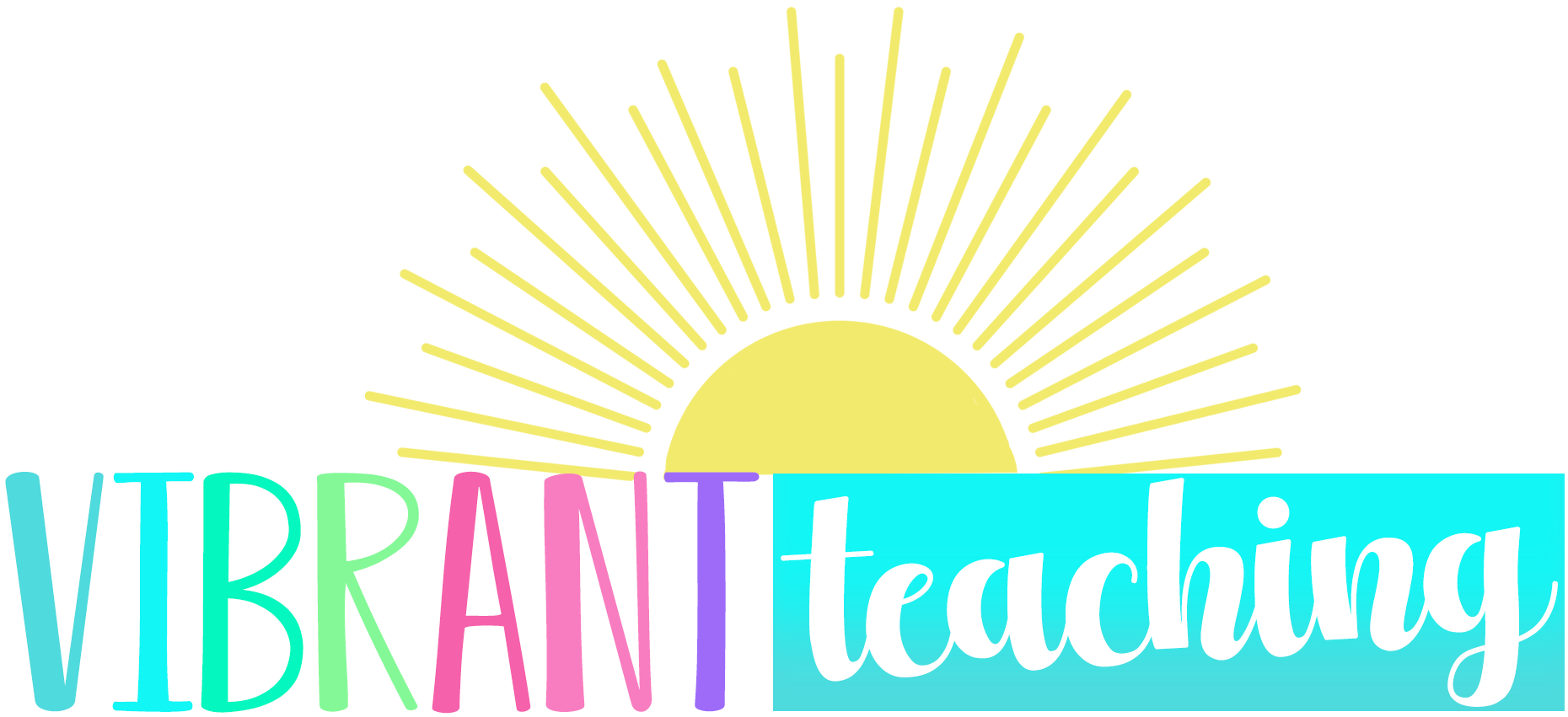
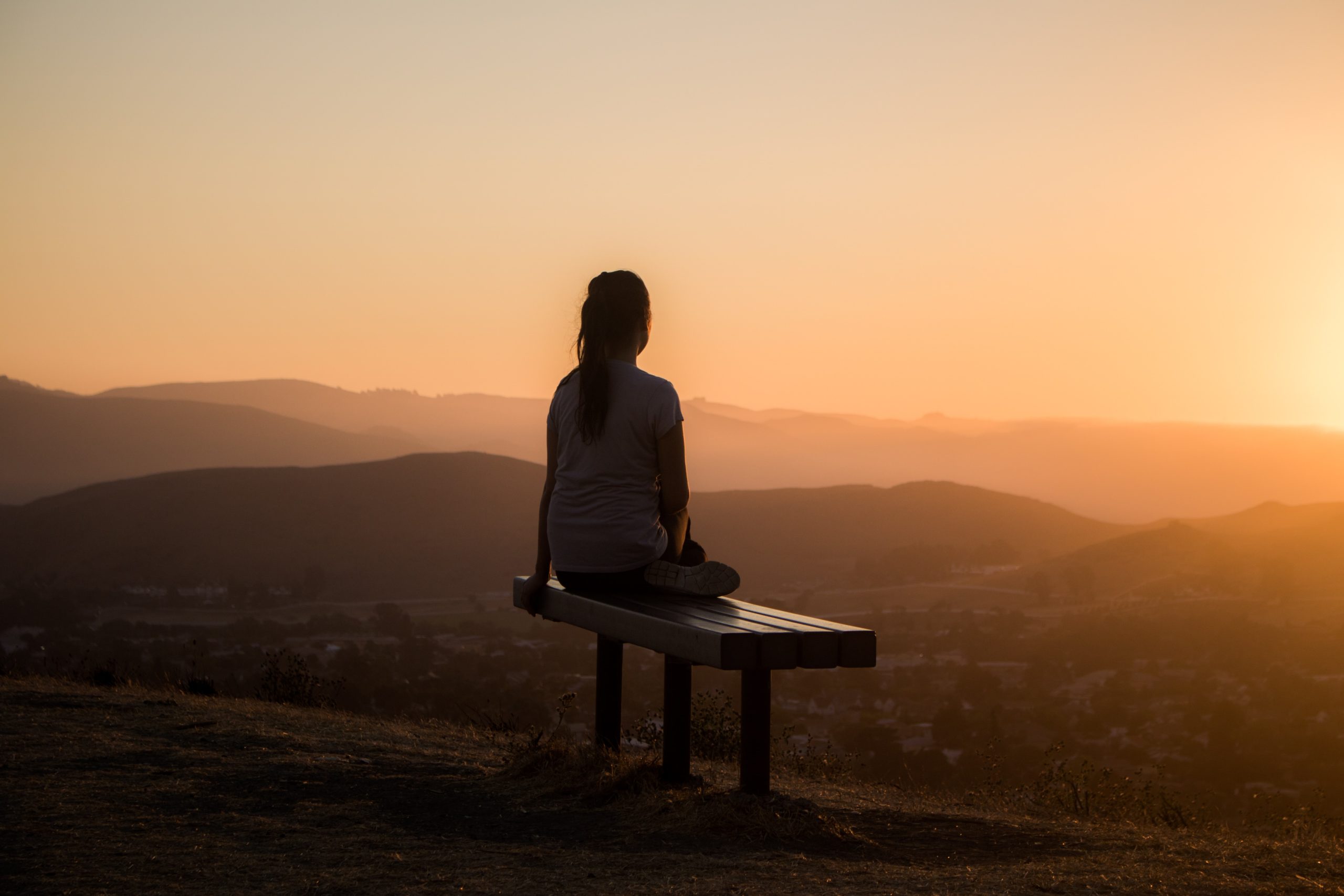
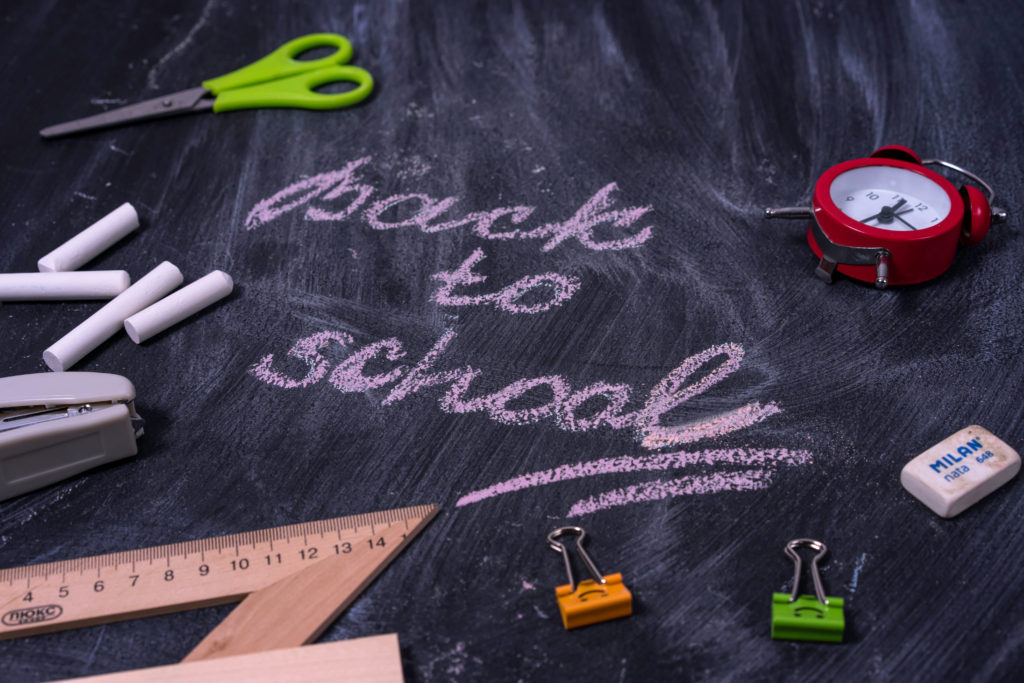
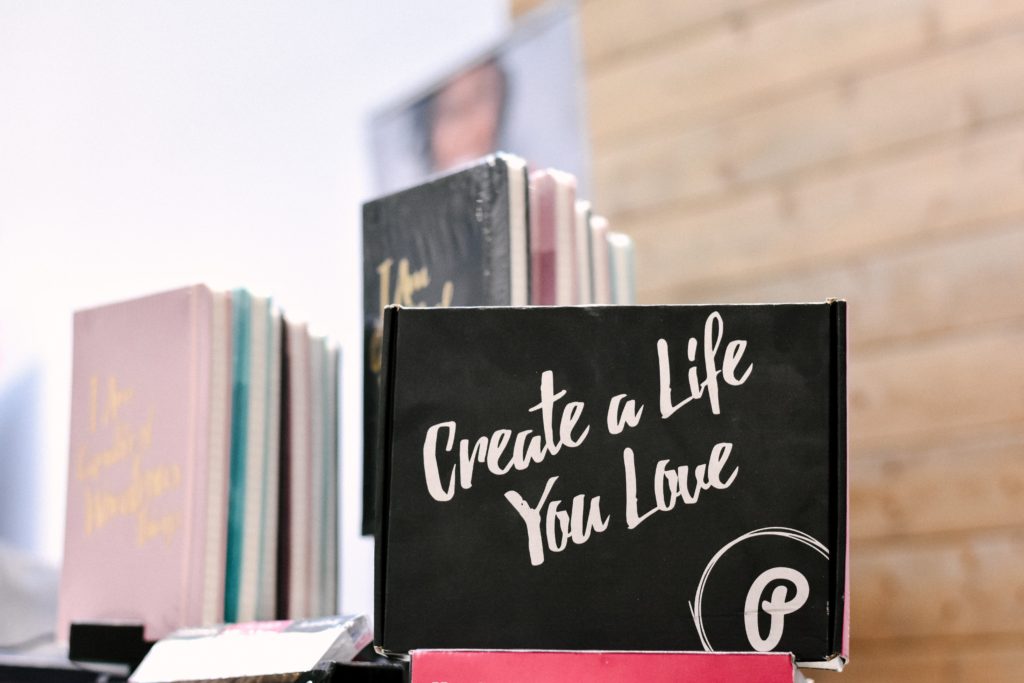


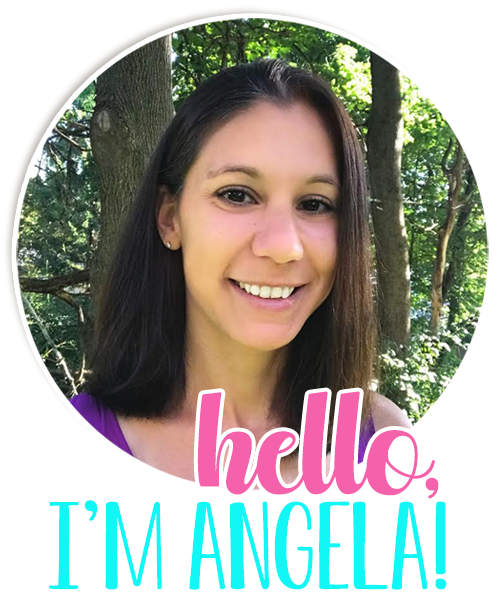
No Comments